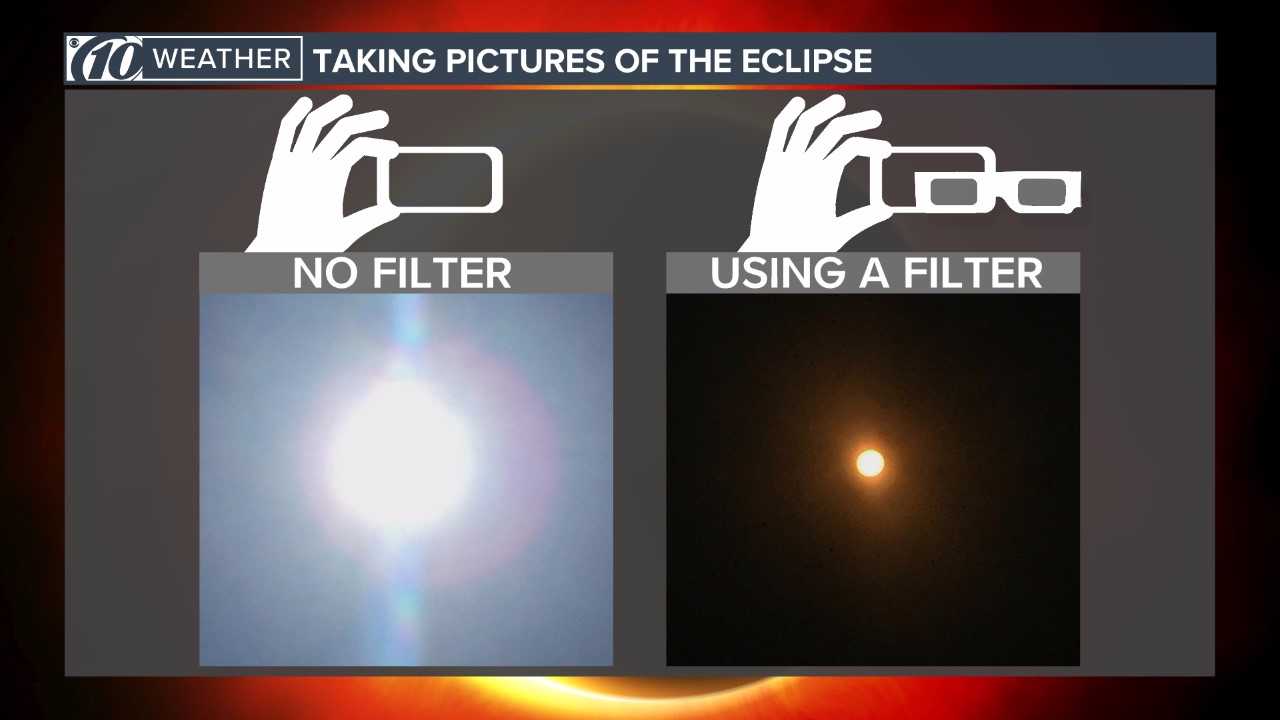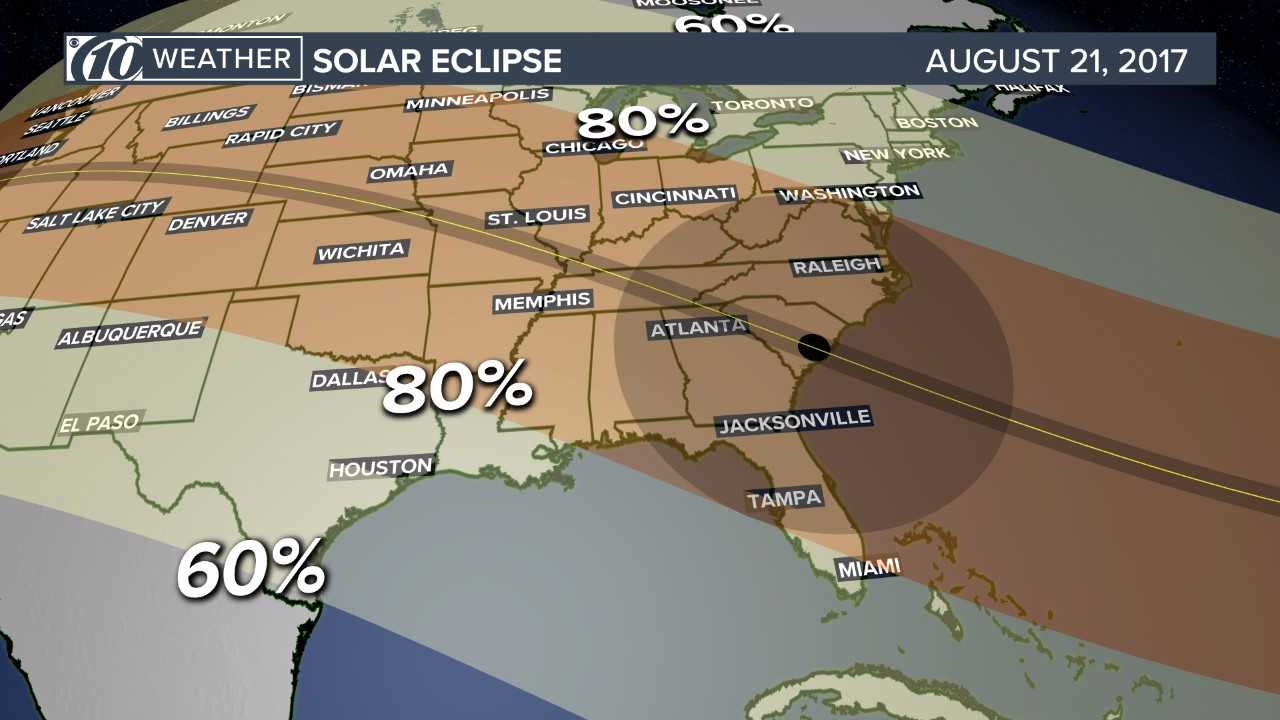Observing an eclipse without the right protection poses a significant threat to your eyesight, even more so than looking directly at the sun. The allure of witnessing this rare celestial event can sometimes lead people to overlook the dangers. Understanding the risks involved is key to ensuring a safe and enjoyable experience while viewing an eclipse.
Solar eclipses have fascinated humanity for centuries, captivating observers with their breathtaking beauty. However, these awe-inspiring events also carry serious risks to eye health if viewed improperly. The sun's harmful rays during an eclipse can cause irreversible damage, making it imperative to take necessary precautions.
This article delves into why gazing at an eclipse can be more hazardous than looking directly at the sun, the underlying science, and how you can safely admire this natural marvel. By the end, you'll have the knowledge to protect your vision and fully appreciate the spectacle of an eclipse.
Read also:How To Make A Meaningful Connection With Joe Jonas A Comprehensive Guide
Table of Contents
- Understanding the Risks of Eclipse Viewing
- The Science Behind Solar Eclipses
- Why Is Looking at an Eclipse Hazardous?
- Is It More Dangerous Than Staring at the Sun?
- How Does Eclipse Radiation Harm the Eyes?
- Safe Viewing Techniques
- Recommended Tools for Observing an Eclipse
- Debunking Common Myths About Eclipse Viewing
- Special Precautions for Children and Seniors
- Conclusion and Final Thoughts
Understanding the Risks of Eclipse Viewing
Solar eclipses rank among the most spectacular natural phenomena on Earth. However, they also present inherent dangers, particularly to human vision. When individuals stare at the sun during an eclipse, their retinas are exposed to harmful ultraviolet (UV) and infrared radiation. The dimming effect of an eclipse can deceive the brain into believing it's safe to look directly at the sun, which is far from accurate.
The danger lies in the absence of pain receptors in the retina, meaning damage can occur without immediate awareness. This condition, referred to as "eclipse blindness" or retinal burns, can result in permanent vision loss. Therefore, understanding the risks associated with eclipse viewing is crucial for anyone planning to observe this celestial event.
The Science Behind Solar Eclipses
A solar eclipse takes place when the moon passes between the Earth and the sun, temporarily obstructing the sun's light. There are three primary types of solar eclipses: total, partial, and annular. During a total eclipse, the moon fully covers the sun, revealing its outer atmosphere, known as the corona. In a partial eclipse, only part of the sun is obscured, whereas an annular eclipse occurs when the moon appears smaller than the sun, creating a "ring of fire" effect.
How Solar Radiation Affects the Eye
The sun emits various forms of radiation, including visible light, UV rays, and infrared radiation. During an eclipse, the reduced brightness can trick the eye into thinking it's safe to look directly at the sun. However, the invisible UV and infrared rays can penetrate the eye and harm the retina, leading to a condition known as solar retinopathy.
Why Is Looking at an Eclipse Hazardous?
Gazing at an eclipse without the proper protection is perilous because the human eye is not equipped to handle the intense radiation emitted by the sun. Even during an eclipse, the sun's rays remain powerful enough to cause harm. The retina, the light-sensitive component of the eye, can be damaged by prolonged exposure to these rays, resulting in irreversible vision loss.
One of the reasons eclipses are especially dangerous is the lack of immediate symptoms. Unlike other types of injuries, retinal damage from solar radiation does not cause pain or discomfort, making it easy to underestimate the severity of the situation until it's too late.
Read also:Unveiling Isabel Glasser The Journey Achievements And Current Status
Is It More Dangerous Than Staring at the Sun?
Both activities pose risks to eye health, but looking at an eclipse can be more hazardous than staring directly at the sun. This is because the dimming effect of an eclipse tricks the brain into thinking it's safe to look at the sun. During a total eclipse, the moon blocks most of the sun's light, making the remaining rays appear less intense. However, these rays are still potent enough to cause retinal damage.
In contrast, looking at the sun directly is typically avoided due to its brightness, which triggers an automatic blink reflex. This reflex protects the eye from prolonged exposure. During an eclipse, this protective mechanism may not activate, increasing the risk of harm.
How Does Eclipse Radiation Harm the Eyes?
Solar radiation during an eclipse can lead to a condition called solar retinopathy, which damages the photoreceptor cells in the retina. These cells are responsible for converting light into electrical signals that the brain interprets as images. When exposed to intense sunlight, these cells can become permanently damaged, causing blurred vision, blind spots, or even complete vision loss.
Symptoms of Solar Retinopathy
- Blurred or distorted vision
- Loss of central vision
- Color distortion
- Increased sensitivity to light
It's important to note that these symptoms may not appear immediately after exposure. In some cases, they may take hours or even days to manifest, making it essential to seek medical attention if you suspect you've been exposed to harmful solar radiation.
Safe Viewing Techniques
To observe a solar eclipse safely, it's crucial to use proper protection. Here are some recommended methods:
Use ISO-Certified Eclipse Glasses
Eclipse glasses are specifically designed to filter out harmful UV and infrared rays while allowing you to view the eclipse safely. Always ensure that the glasses you purchase are ISO-certified, as this guarantees they meet international safety standards.
Build a Pinhole Projector
A pinhole projector is a straightforward and effective way to view an eclipse without looking directly at the sun. By projecting the image of the eclipse onto a surface, you can observe the event safely from a distance.
Recommended Tools for Observing an Eclipse
Beyond eclipse glasses and pinhole projectors, there are other tools you can use to enhance your viewing experience:
- Telescopes equipped with solar filters
- Binoculars with appropriate solar filters
- Smartphone apps that provide real-time updates on eclipse progress
Always ensure that any equipment you use is specifically designed for solar viewing to avoid risking your eyesight.
Debunking Common Myths About Eclipse Viewing
There are several myths surrounding eclipse viewing that can lead to unsafe practices. Here are a few common ones:
- Myth: Sunglasses provide enough protection. Fact: Regular sunglasses do not block out harmful UV and infrared rays, making them unsuitable for eclipse viewing.
- Myth: It's safe to look at the sun during totality. Fact: While it's safe to look at the sun briefly during the total phase of an eclipse, it's crucial to resume using protective eyewear immediately after totality ends.
- Myth: Eclipse blindness is temporary. Fact: Solar retinopathy can cause permanent damage, making it essential to take precautions.
Special Precautions for Children and Seniors
Children and elderly individuals may be more susceptible to the risks associated with eclipse viewing. Parents and caregivers should ensure that children use proper protective eyewear and supervise them closely during the event. Similarly, seniors with pre-existing eye conditions should consult with an eye care professional before attempting to view an eclipse.
Tips for Safe Viewing for Vulnerable Groups
- Use age-appropriate eclipse glasses
- Provide clear instructions on how to use protective eyewear
- Encourage the use of indirect viewing methods, such as pinhole projectors
Conclusion and Final Thoughts
In summary, observing an eclipse can indeed be more dangerous than staring directly at the sun due to the deceptive dimming effect. Understanding the risks and taking appropriate precautions is vital for safeguarding your eyesight during this celestial event. By using ISO-certified eclipse glasses, building pinhole projectors, and avoiding common myths, you can safely enjoy the beauty of a solar eclipse.
We encourage you to share this article with friends and family to raise awareness about the importance of eye protection during eclipses. For more information on astronomy and eye health, explore our other articles or consult with a trusted eye care professional. Remember, protecting your vision is crucial for enjoying the wonders of the universe for years to come.


